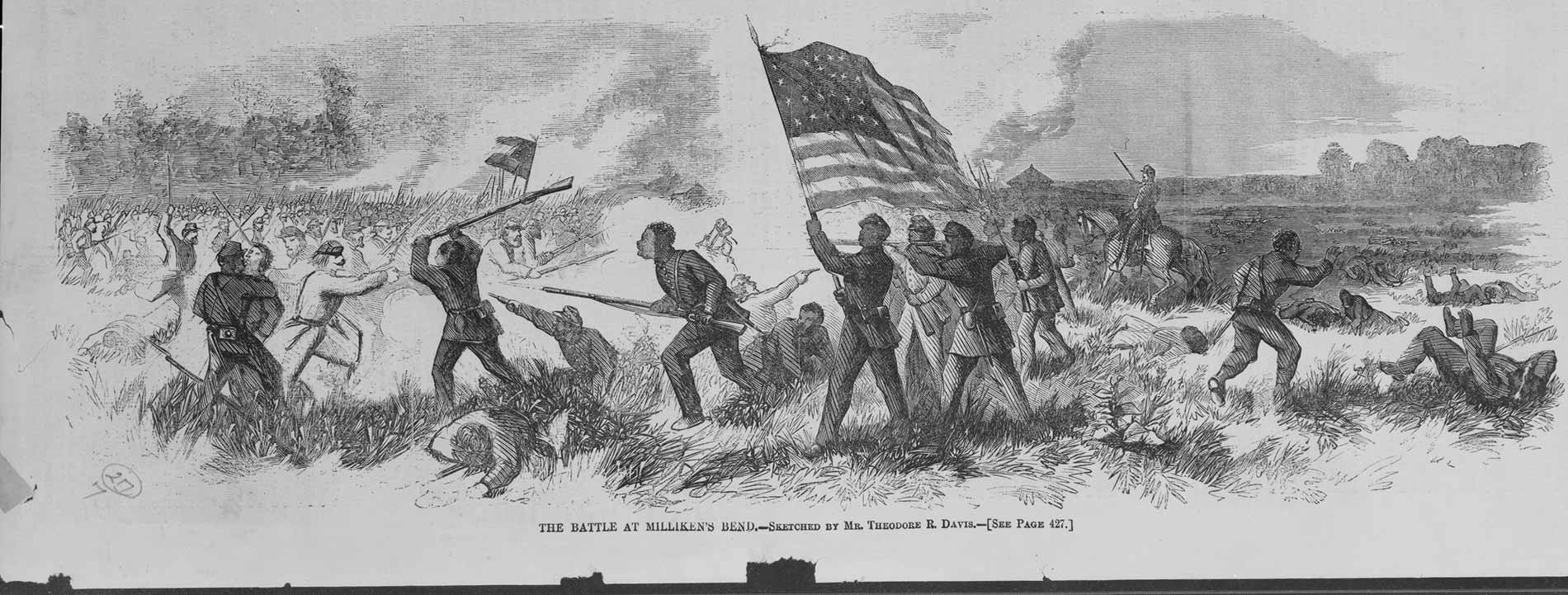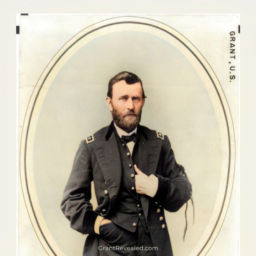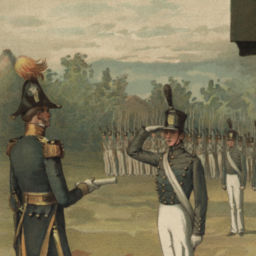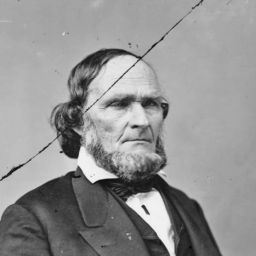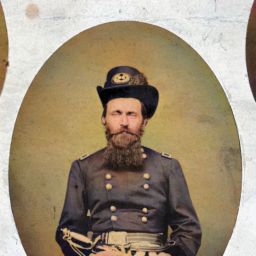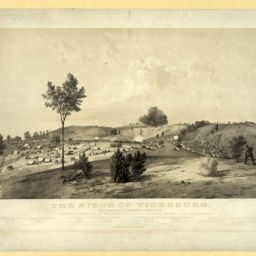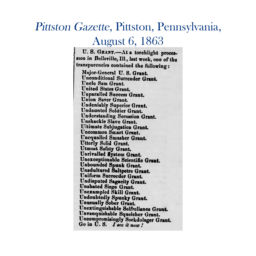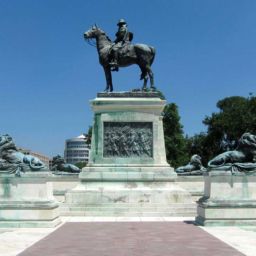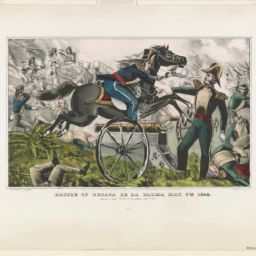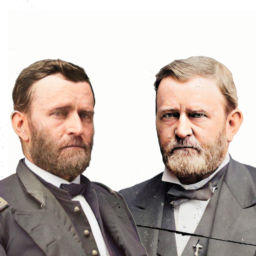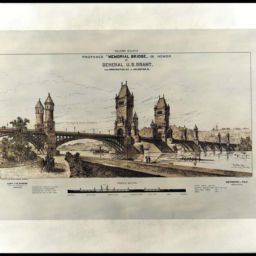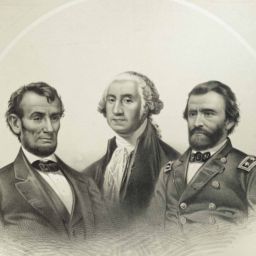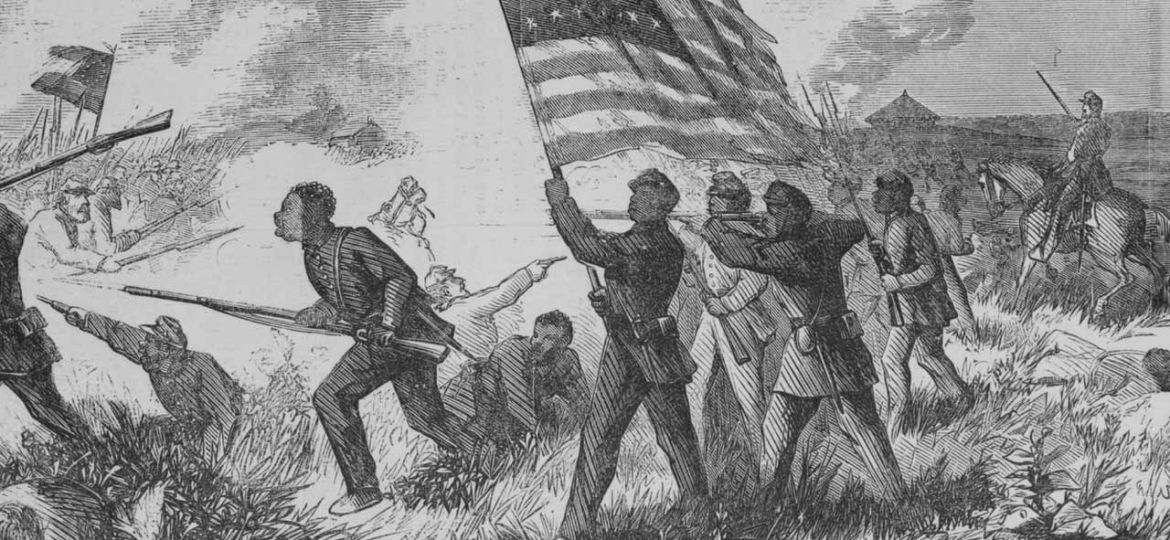
American Civil War, Western Theatre, Vicksburg campaign. Before dawn on June 7, 1863, 1,500 Confederate soldiers from Texas attacked the 1,061-man U.S. garrison at Milliken’s Bend, Louisiana, composed of three regiments: one of white soldiers, two of Black. Milliken’s Bend was located across the Mississippi River from Vicksburg, Mississippi, which at the time was besieged by U.S. forces under Major General Ulysses S. Grant.
As the Texans charged, their commander, Brigadier General Henry E. McCulloch, shouted, “No quarter!”
Milliken’s Bend and Ulysses S. Grant’s Vicksburg Campaign
Two weeks before the fateful day in Millken’s Bend, the siege of Vicksburg had started. It was the culminating phase of Ulysses S. Grant’s campaign begun many months before to capture the port city, a critical rail hub for the confederacy of Southern states that began armed insurrection against the rest of the U.S.A. in spring 1861.
Some 20 days before that, Grant’s forces had successfully crossed over from the Mississippi River’s west bank in Louisiana. Once ashore in Mississippi, Grant led his Army of the Tennessee, outnumbered 2 to 1 in the immediate region, through a swift series of deft military maneuvers and battlefield victories. Driving into the state’s interior, he captured the state’s capital city, Jackson, then turned his army around, 180 degrees, and came at Vicksburg from the east. To ensure rapid movement, Grant had cut off his army from its own supply lines. Portions of his army remained in Louisiana to garrison supply depots and other strategic points, such as Milliken’s Bend.
The Battle of Milliken’s Bend, Louisiana
As summarized by Earnest McBride in the The Jackson Advocate, Mississippi College History Professor Martha M. Bigelow in her 1960 Journal of Negro History article provides further context:
Thinking himself as being aided by the Mississippi and Yazoo rivers on the west and north sides of [Vicksburg, Grant] gave little thought to his earlier outposts on the Louisiana side of the Mississippi.
“The little garrison at Milliken’s Bend, fifteen miles above Vicksburg,” Professor Bigelow said, “was composed of raw recruits. There was little to distinguish them except the fact that most of them were Black—enslaved inducted into the Union Army, primarily for garrison duty. This day, June 7, 1863, they were to perform a service for their race and to write the name of Milliken’s Bend into history.”
McBride looks to Black historian Benjamin Quarles and his 1953 work The Negro in the Civil War for the battle’s details:
“[Confederate] Brigadier General Henry E. McCulloch planned an attack before dawn in order to lessen the amount of assistance the fort’s defenders could receive from the gunboats. The Confederates hoped to have driven the Union soldiers into the river by 8 a.m.
“On Sunday morning, June 7, 1863 at 2:30 a.m., when they were within a mile and a half of the fort, the Texas regiments encountered [and drove away] the enemy pickets. . . . Half an hour [later], the Confederates appeared in force, marching on the left in close column. Their advance was slowed up by Black skirmishers, whom they drove back, hedge by hedge, over ground made rough by running briars and tie-vines.
The first Rebel charge was easily repulsed by the Black defenders. . . . But because of the faulty construction of many of their weapons and also because of their lack of battlefield experience, some of the Black troops had trouble reloading. In fact, one Black regiment had only gotten their rifles the day before the battle.”
As Jerry Korn describes in War on the Mississippi,
A desperate hand-to-hand struggle ensued. The outnumbered Federals, wielding bayonets and using their guns as clubs, contested each foot of territory as they were driven back towards the Mississippi. (146)
In time, the Union gunboats Lexington and Choctaw arrived and began firing into the enemy line. This intervention forced the Confederates to pull back. Of the 652 Union soldiers lost in the battle, 566 were Black, and most of those freedman taken prisoner during Milliken’s Bend were returned to slavery.
Black soldiers had proved their mettle. Assistant Secretary of War Charles A. Dana wrote that “The bravery of the Blacks at Milliken’s Bend completely revolutionized the sentiment of the army with regard to the employment of Negro troops.”
Korn quotes one Union officer’s sentiment: “I never more wish to hear the expression ‘The Niggers won’t fight.'”
Ulysses S. Grant’s Letter to Richard Taylor
An important coda to the battle is related by Brooks D. Simpson in Ulysses S. Grant: Triumph Over Adversity, 1822–1865:
[General Ulysses S.] Grant responded to reports that Confederate officers had ordered the execution of several dozen black soldiers and their white officers captured at Milliken’s Bend. He contacted Richard Taylor, commander of Confederate forces in Louisiana…. “It may be you propose a different line of policy toward Black troops and Officers commanding them to that practiced towards White troops?” he asked, adding, “If so I can assure you that these colored troops are regularly mustered into the service of the United States. The Government and all Officers under the Government are bound to give the same protection to these troops that they do to any other troops.”… Taylor denied the charges although the stories lingered; in the future Grant would have to ponder the possible consequences of putting black soldiers in combat zones, for Taylor observed that the captured blacks would be turned over to state authorities instead of receiving the same treatment as white prisoners of war. (258–259)
Featured Image: see below.
Sources:
Korn, Jerry. War on the Mississippi. Alexandria, Virginia: Time-Life Books Inc., 1985.
McBride, Earnest. “The Battle of Milliken’s Bend – Black Troops Made the Real Difference.” The Jackson Advocate, 1996. Cited in Lest We Forget. (Website.) Hampton College. http://lestweforget.hamptonu.edu/page.cfm?uuid=9FEC3F93-EC44-5006-5B4FFBF627F409E2
Simpson, Brooks D. Ulysses S. Grant: Triumph Over Adversity, 1822–1865, (Military Classics). Zenith Press, 2014. Kindle Edition.


